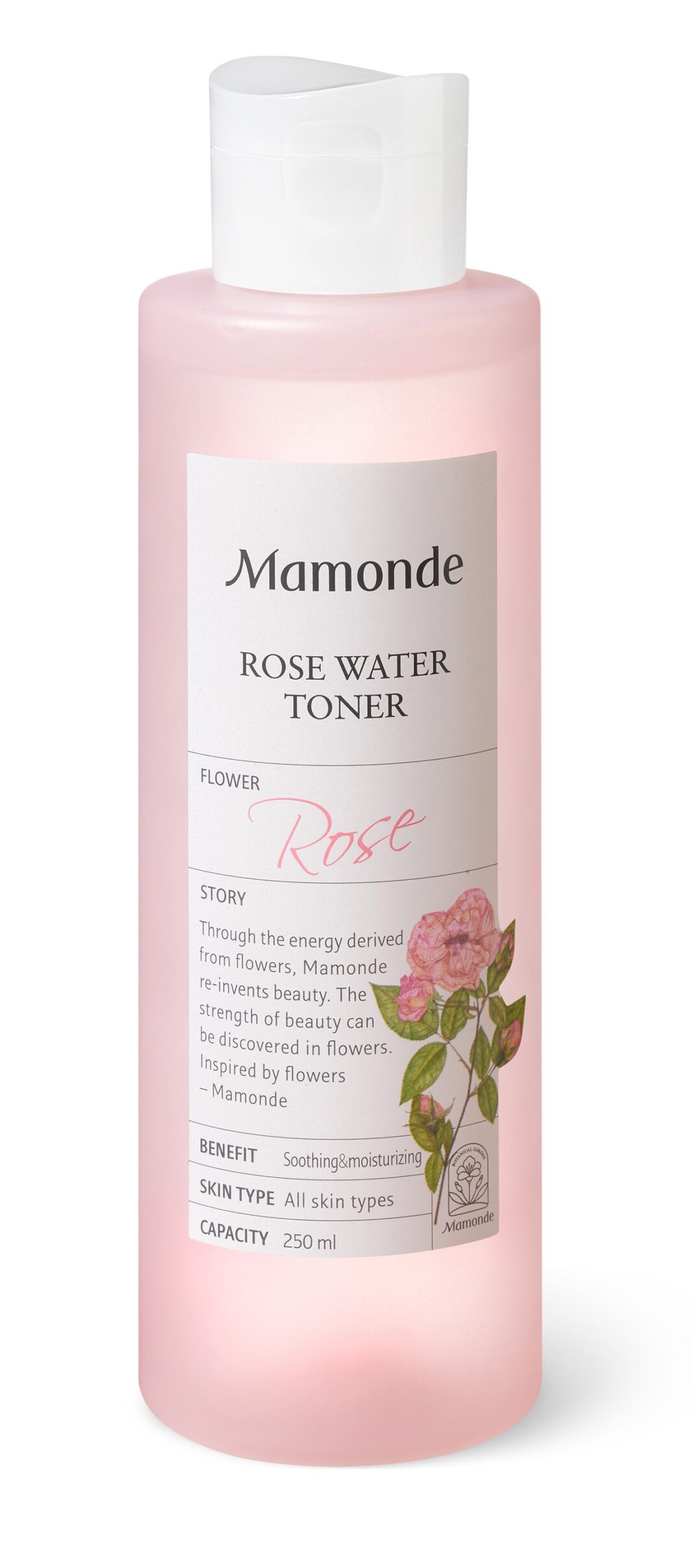The primary distinction between astringent and toner is that astringents assist in cleaning the skin, tightening pores, and drying out oil, while toners aid in cleansing the skin, hydrating, and nourishing the skin, as well as balancing the pH level. Astringent is a type of skin toner, which are chemical substances that come in liquid form and are useful in cleansing the skin and shrinking the appearance of pores.
Key Takeaways
- Astringent substances help clean the skin, tighten pores, and dry out oil.
- Toners assist in cleansing the skin, hydrating, nourishing the skin, and balancing the pH level.
- Astringent is a type of skin toner, which is a chemical substance that comes in liquid form.
What is an Astringent?
Astringent is a substance that can cause shrinkage or constriction in body tissues. Sometimes this substance is also called adstringent. It is derived from the Latin word adstringere, which means “to bind fast.” Some common sources of astringent substances include calamine lotion, witch hazel, and yerba mansa (a Californian plant). Alum, acacia, sage, yarrow, bayberry, and distilled vinegar are some common substances that act as astringents.
Astringency in some fruits creates a dry, puckering mouthfeel due to the presence of tannins in unripe fruits. This astringency is essential for fruits to mature by deterring their consumption by birds and animals. However, some ripe fruits are still astringent, such as blackthorn, chokecherry, bird cherry, rhubarb, quince, and banana skin. Astringent materials are used in medicine because they can cause constriction or contraction of mucous membranes and tissues exposed to air. These substances are often used internally for the reduction of discharge of blood serum and mucous secretions, which can occur due to sore throat, hemorrhages, diarrhea, and peptic ulcers. When astringent materials are used externally, they can cause mild coagulation of skin proteins, dry, harden, and protect the skin.
What is a Toner?
Toners or skin toners are lotions, tonics, or washes designed to cleanse the skin and shrink the appearance of pores, usually used on the face. Toners moisturize the skin to protect and refresh it. They can be applied to the skin in different ways, such as using a cotton round, spraying onto the face, or applying a tonic gauze facial mask.
There are various types of toners, including skin bracers or fresheners, skin tonics, acid toners, astringents, and more. Skin bracers or fresheners are the mildest types of toners, containing water and a humectant (e.g., glycerin) and a small amount of alcohol ranging from 0 – 10%. Rose water is a typical example of a skin bracer, suitable for dry, dehydrated, sensitive, and normal skin, but may cause a burning sensation on sensitive skin. Skin tonics are slightly stronger than skin bracers and contain a small amount of alcohol along with water and humectant, such as orange flower water, which is suitable for normal, combination, or oily skin. Acid toners are a stronger type of toner containing alpha hydroxyl acid and beta hydroxyl acid, formulated for the chemical exfoliation of the skin. Salicylic acid is a commonly used beta hydroxyl acid found in acid toners.
What is the Difference Between Astringent and Toner?
Astringent is a type of skin toner, and the key difference between astringent and toner is that astringent substances help clean the skin, tighten pores, and dry out oil, while toners assist in cleansing the skin, hydrating, nourishing the skin, and balancing the pH level.
Summary – Astringent vs Toner
Both astringent and skin toner are popular cosmetic products. The main difference between astringent and toner is that astringent substances help clean the skin, tighten pores, and dry out oil, while toners assist in cleansing the skin, hydrating, nourishing the skin, and balancing the pH level.
